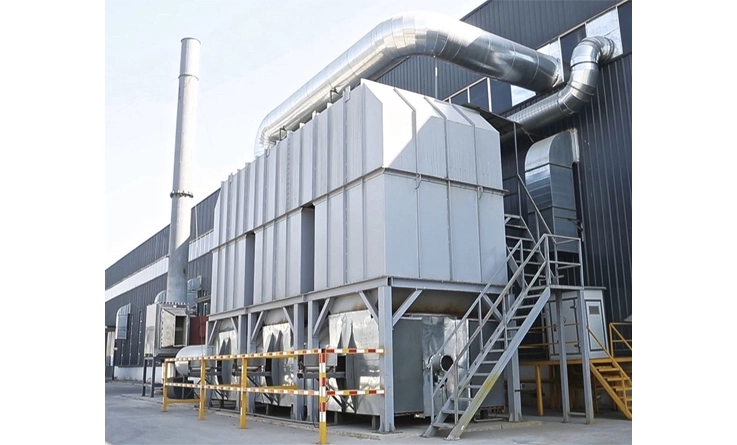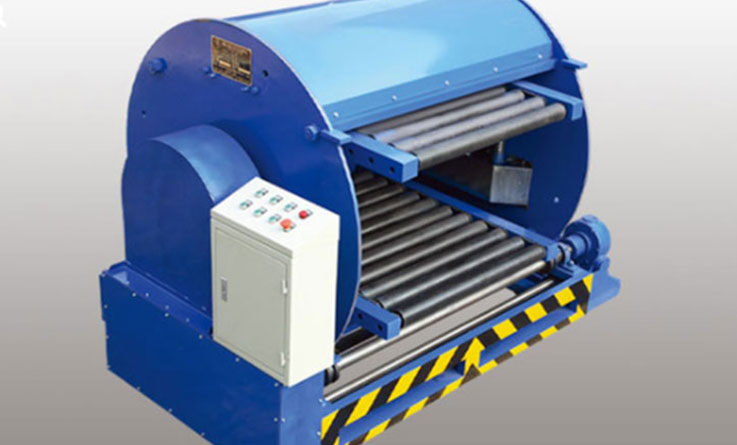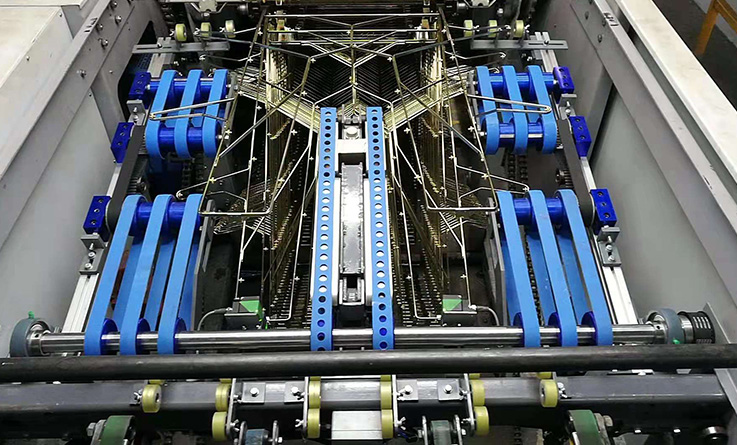Iron cans are mainly used for packaging, and tinplate printing is mainly done through offset printing, which utilizes the physical phenomenon of oil and water not mixing. Therefore, besides having the printing compatibility of offset printing ink, tinplate printing requires ink with characteristics such as heat resistance, solvent resistance, processability, boiling water resistance, and good wear resistance.
The composition of ink used for tinplate printing is similar to regular ink, consisting mainly of pigments, binders, fillers, and solvents. However, because the surface of iron cans is smooth and has poor absorption, ink used for tinplate printing must be different from regular offset printing ink. In addition to having the printing compatibility of regular offset printing ink, ink used for tinplate printing must also have characteristics such as impact resistance, strong adhesion, heat resistance, light resistance, and boiling water resistance.
1. Good adhesion and mechanical properties for tinplate printing
The surface of iron cans used for printing is very smooth and has no absorbency; therefore, metal printing ink used for tinplate printing machine must have good adhesion. Iron cans used for printing are usually not the final products, but need to be made into various food cans, toys, metal containers, chemical product barrels, etc. through processes such as cutting, bending, stretching, and forming. Therefore, the ink must also have strong mechanical properties.
2. Heat resistance for tinplate printing
The surface of iron cans is smooth and has no absorbency, does not permeate water and solvents, and dries mainly through the oxidation coating and solvent volatilization of ink. The drying process is slow. Generally, baking is required to complete drying, so iron cans require good heat resistance, and the pigments should not fade under high temperature baking. Additionally, packaging boxes for foods and medicines need to be sterilized at high temperatures, and the ink used for tinplate printing must not change color or yellow in this environment.
3. Drying properties of ink for tinplate printing
In the production of tinplate printing, it is necessary to reasonably control the drying speed of the ink to ensure product quality. If the ink dries too fast, it will reduce the ink transfer performance, cause blurred images, light ink colors, and even ink drying on the plate and ink roller surfaces, which will hinder ink transfer. However, if ink dries too slowly, it will cause difficult registration, adhesion, backside sticking, poor adhesion, low wear resistance, and scratches during transfer. Controlling the drying speed of the ink used for tinplate printing is one of the important factors for improving ink adhesion. Therefore, in recent years, UV ink has been widely used in metal printing because it can easily control the drying speed and has good adhesion and wear resistance.

 English
English français
français Deutsch
Deutsch Español
Español italiano
italiano русский
русский العربية
العربية tiếng việt
tiếng việt Türkçe
Türkçe فارسی
فارسی magyar
magyar Ελλάδα
Ελλάδα Burmese
Burmese


